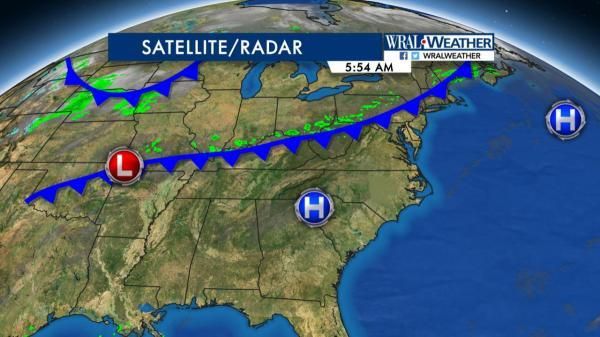Low pressure system rotation in different hemispheres

Circulation of low pressure systems in northern and southern hemisphere
Mike Moss: It is true that large scale low pressure systems in the Southern Hemisphere have winds that spiral into them in a clockwise manner, as opposed to the counterclockwise flow around lows in our hemisphere. This is a consequence of a balance between the force imparted by horizontal pressure difference, friction against the earth's surface, and something called the Coriolis effect, which causes moving air parcels (and other objects not in contact with the earth's surface) to deflect to the left of their original direction in the Southern Hemisphere and vice versa.
However, I would note that this effect requires substantial time to become noticeable and have a significant impact. For that reason, for example, a small low pressure center on the scale of a dust devil or tornado can spin either clockwise or counterclockwise regardless of which hemisphere it's in, and the same is even more true on the very small scale of a toilet bowl, sink or bathtub, in which the direction of spin is dependent on basin shape, initial direction of rotation (this can be influenced by the design of the fixture) and random disturbances that can instigate rotation in either direction.
Full question from Drew Woerner: Does a low pressure system in the southern hemisphere spin in the opposite direction, that is clockwise, than in the northern hemisphere where it spins counterclockwise. (like a toilet bowl flush spins opposite).









